OSRAM LED Gas Discharge Lamps

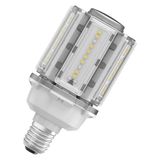
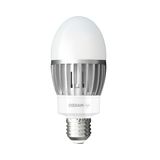
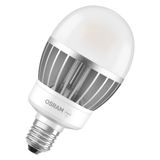


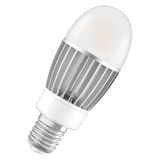
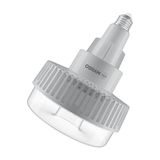
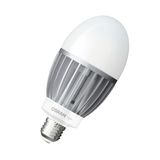
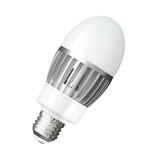


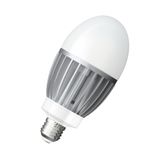
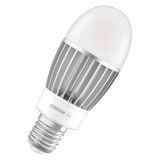

OSRAM LED Gas-Discharge Lamps — LED replacements for HID / HQI systems
LED gas-discharge lamps from OSRAM are designed to replace older high-intensity discharge (HID) and gas-discharge (metal-halide, mercury-vapour, HQL) lamps in large-scale luminaires. They offer reduced energy consumption, lower maintenance, and adaptation to modern driver/gear standards while leveraging existing fixtures. Keywords: osram led gas discharge lamps, osram led hqi replacements, osram led hid alternatives, osram high intensity led discharge
OSRAM LED Gas-Discharge – Use-cases and practical insights
Gas-discharge lamps (HID types such as metal‐halide, HQL, mercury/vapour) have been widely deployed in warehouses, high bays, street lighting, outdoor canopies and industrial halls. Their drawbacks: high wattage, long warm-up, high maintenance, and declining availability. LED gas-discharge replacements from OSRAM allow you to retrofit existing luminaires (in many cases) or spec new ones with significantly lower OPEX.
Practical situations:
- Replace an existing 250 W HQI lamp in a high bay with an OSRAM LED equivalent designed to provide same lumen output with <100 W.
- Upgrade outdoor floodlighting from 400 W metal-halide + ballast + ignitor to LED module with simplified gear.
- Use in industrial plant areas where maintenance access is costly; longer life LEDs cut intervention cycles
OSRAM LED Gas-Discharge – Key Parameters & Why They Matter
- Wattage reduction: LED replacements often consume ~30-50 % of the original HID wattage. This directly reduces energy cost and cooling load.
- Luminous flux equivalence: You must compare “lumen output” of the LED to the existing HID lamp’s delivered lumens. Some LED replacements publish “replaces 250 W” etc.
- Beam/distribution & CCT/CRI: Many HID lamps have broad beams; LED replacements must match or improve optics and colour temperature to avoid changing visual ambience.
- Driver/gear compatibility: Existing HID luminaires use ballasts, ignitors (for arc start) and controlgear. LED replacements may bypass or replace these. Incorrect driver switching causes failure or flicker.
- Thermal & lifetime: LED modules still generate heat. The fixture’s thermal path must support the new module. Lifetime ratings (e.g., 30-50k h) matter because maintenance access is often expensive in these applications.
- Standards & phasing: Many gas-discharge lamps contain hazardous gases or are being phased out; LED replacements remove those constraints
OSRAM LED Gas-Discharge – Comparison: HID vs LED Replacement
Feature | HID / Gas-Discharge Lamp | OSRAM LED Replacement |
| Wattage | High (e.g., 250-400 W) | Much lower (e.g., 80-150 W) |
| Warm-up/Re-strike | Slow, may require ignitor delay | Instant on or minimal delay |
| Maintenance | Frequent relamp, ballast/ignitor service | Longer interval, fewer parts |
| Colour/CRI | Often limited, colour shift over life | Better stability, CRI options |
| Energy use | High | Significantly reduced |
| Fixture compatibility | Requires correct gear, ballasts, ignitors | Possible retrofit if gear supports LED or replaced |
| Fit-for future | Phasing out, hazardous components | Modern LED ecosystem, driver friendly |
OSRAM LED Gas-Discharge – Buyer Checklist & Common Mistakes
Checklist:
- Confirm that the replacement LED module matches the delivered lumens of the existing lamp (not just wattage).
- Inspect the existing fixture gear: is there a ballast + ignitor? Will it be bypassed or reused?
- Check thermal condition: ensure the fixture’s temperature limits allow the LED module’s Tc rating.
- Verify optical distribution: if the original lamp had directional or flood optics, ensure the new module matches beam angle or use supplemental optics.
- Plan for maintenance access: one of the main LED benefits is reduced relamp; ensure the driver is accessible for long life.
- For large installations, standardize the LED module across assets to simplify spares
Common mistakes:
- Installing an LED replacement without bypassing the old ballast → extra failures or incompatibility.
- Choosing a lower wattage LED that leads to under-lighting relative to the original HID lm output.
- Ignoring fixture thermal clearance: LED modules are sensitive to heat, so poorer thermal conditions shorten life.
- Failing to update controlgear (dimming/photocell) when the system changes from HID to LED.